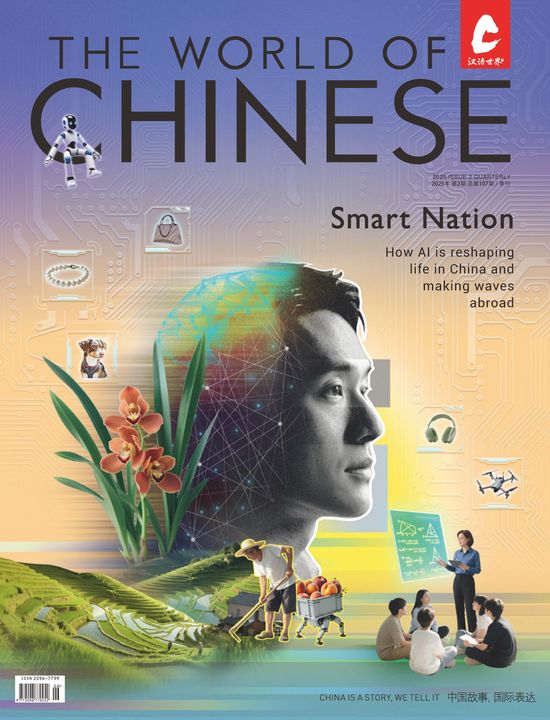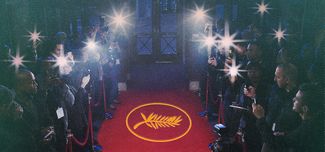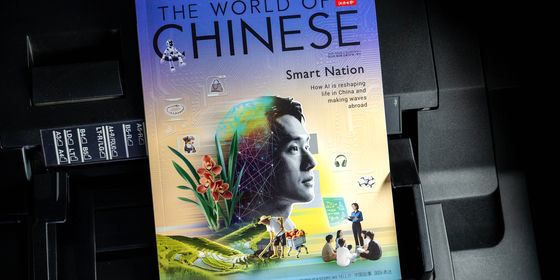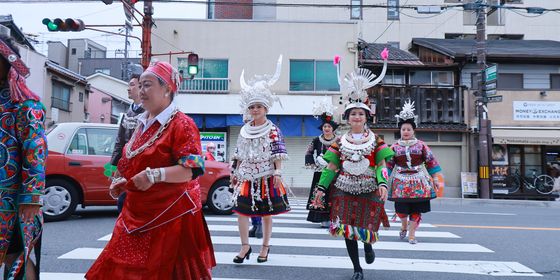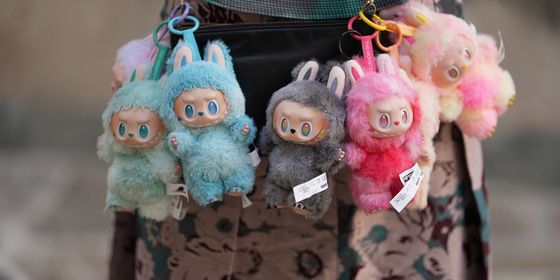From Xinjiang to Beijing, China’s baseball community covets a home run
At a middle school in China’s capital, a motley crew of 12-to-15-year-old boys are taking batting practice under Parhat Ablat’s encouraging eye. Canopied, fenced-in tennis courts have been converted into a baseball diamond.
Han and Uyghur students alike play paired soft-toss into net screens, swinging at dimpled, yellow cage balls with aluminum bats. The facility would be welcome at most American schools and could even be considered common: a couple of soft-grade hand-built platform mounds, a couple L-screens, a few soft-toss screens, a two-wheel batting machine sitting in the far corner. Two-courts wide, the surface even provides ample space for base paths.
Parhat speaks in a kind of exotic English that defies locality. His name translates to “hero” in his native Uyghur language in Xinjiang—a region defined by its dusty slopes and unique culture. He belongs to the Uyghur ethnic minority, and his visage suggests Guatemala more than Guangdong. Foreigners balk whenever he answers their most common question with, “I’m from China.”
Two Uyghur players—bigger and stronger than their teammates—practice pitching using one of the makeshift mounds. The catcher, whose stocky shape resembles Major League Baseball (MLB) All-Star Russell Martin, fires the ball back to his battery-mate and resumes his crouch. The pitcher, one of those filled-out and taller-than-his-peers teens, seems to model his windup after Masahiro Tanaka as he fires a fastball somewhere in the low-70-mile-per-hour range. Their bond is clear.
At the conclusion of their coach’s commands, the players break back into drills, groups determined by skill level. Some players return to soft-toss, others to simple pitch and catch. A few players field ground balls.
Practice ends with a bat-around scrimmage. Parhat, carefully gauging skill disparity, pitches to most of the younger players. A few older boys, mostly Uyghur, face the team’s stud—that aforementioned pitcher. Strikeouts are common, but a few of the stronger players—again mostly Uyghur—make solid contact, driving the ball into a right-field net formerly used to separate the two tennis courts or the uneven left-field wall.
Fielding overall is an issue, but three kids stand out: the battery mates mentioned earlier and one gangly Han boy, whose smooth Japanese-style swing demonstrates a true take to hitting. The two Uyghur kids, it’s worth mentioning, swing with infectious swagger and connect with far more power. The Han kid ropes pitches to the opposite field with contagious discipline.
Practice closed with a pep talk and a poll: “Who will be able to come to the next practice?” The numbers, strong enough today for any baseball team, would thin. The Qingming Festival was approaching at this spring practice and holidays were inevitable. Some of the Uyghur kids, however, had their hands raised.
In 2009 their coach appeared in the international documentary, Diamond in the Dunes (directed by American Christopher Rufo, creative director of US-based Documentary Foundation), which followed his progress as he led a mixed band of Uyghur and Han teammates from Xinjiang University to work together through a love of baseball. The film depicts the poverty afflicting Parhat’s hometown community in rural Xinjiang, as well as his perseverance through hardships that include his father’s tragic death. Today, Parhat still finds in baseball what he discovered in the experiences illustrated in the film: a spirit of hope.
But his comments aren’t all complimentary. The documentary culminated with a devastating loss to a rival Qinghai team. “I wished that the producers would have stuck with what the baseball team was really about instead of trying to make it political,” Parhat says. “The game shown wasn’t the only game. In fact, we played four games against two teams in Qinghai. And we won three out of those four games. We showed great team spirit. It was a successful trip.”
“I grew with [the team] along the way, but the team seemed to be falling apart at the end of my second year. That’s when I decided I should do something, and so I really put in the effort to save and develop the team,” Parhat says.
Unseen in the documentary, the Xinjiang University club later went on to make a significant splash. “It was that spirit that led my college team to the Chinese Championship,” Parhat says.
“I think Uyghurs have a head for sports, but in the end…we don’t get that much success. However, it’s not because of who we are, but because of the civilization level we are at. That same spirit lets us go for whatever we feel like doing or being—sometimes consciously, sometimes [unconsciously].”
“Our culture works well with sports; they’re a way of showing masculinity. Religion may play a part on some level, but …baseball in particular fits our way of living for some reason.”
When asked the main difference between Uyghur and Han players, Parhat scans the room, leans back, then throws an arm over the unoccupied chair next to him: “Spirit.”
“Stepping Up To The Plate” is a feature story from our newest issue, “Military”. To read the whole piece, become a subscriber and receive the full magazine. Alternatively, you can purchase the digital version from the iTunes Store.
